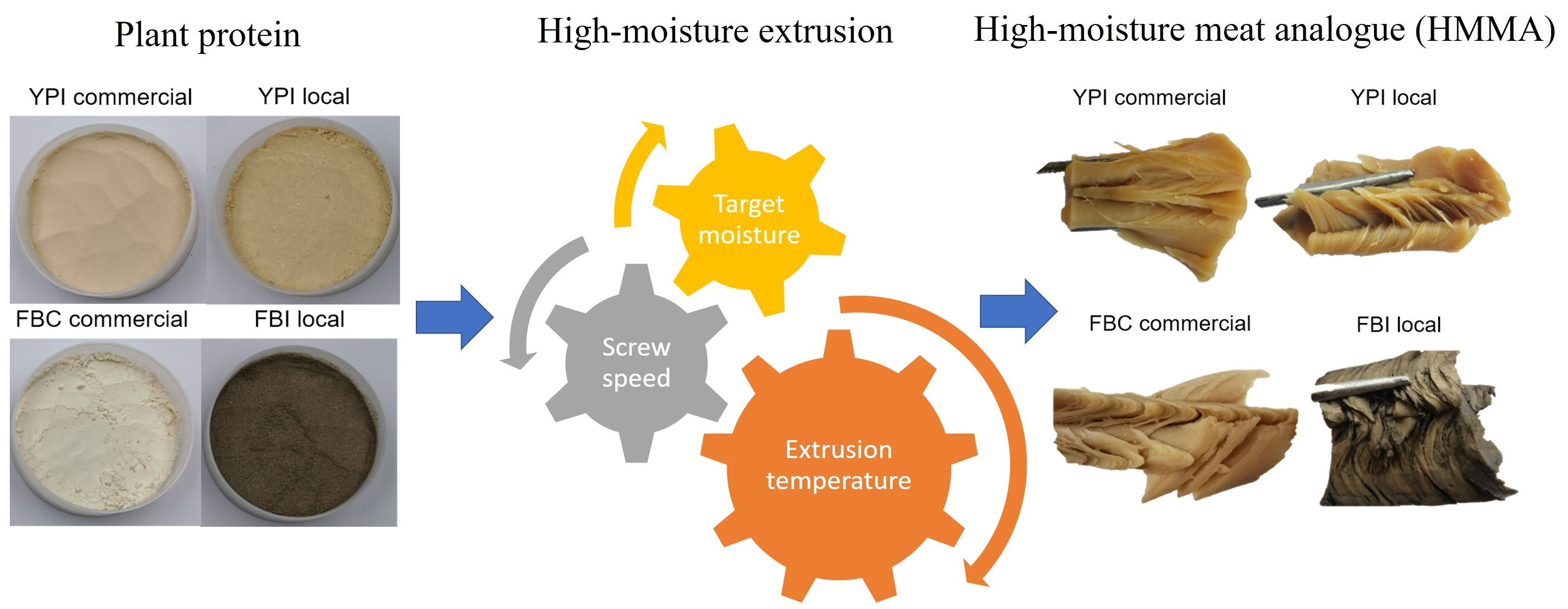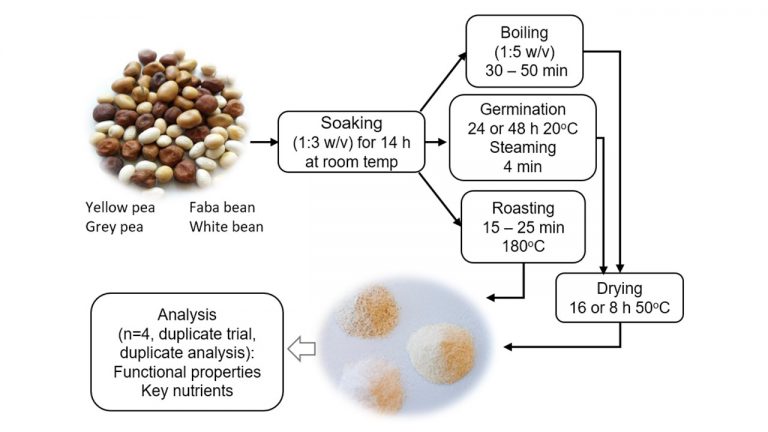Student:
Christina Hultman, läser till mark/växtagronom på SLU
Titel/Title:
Mängden rotknölar hos Phaseolus vulgaris beror på om trädgårdsbönor odlats kontinuerligt i växtföljden eller inte alls odlats tidigare
Antal poäng/credits: 30 hp
Handledare/Supervisor: Georg Carlsson
Vad handlar ditt kandidatarbete om? What is your thesis about?
Mitt examensarbete handlar om kvävefixering kopplat till biomassaproduktion/skörd hos trädgårdsbönor. Målet är att jämföra kvävefixering hos trädgårdsbönor på åkermark där det odlats bönor tidigare i växtföljden, med kvävefixering hos bönor på åkermark där bönor inte odlats i växtföljden, på åtminstone 20 år. Insamling av data till arbetet kommer att ske under växtsäsongen 2017 på olika fält med trädgårdsbönor på öarna Öland och Gotland. Jag kommer att kvantifiera kvävefixeringen genom att titta på rotknölarna där kvävefixeringen äger rum och relatera dessa resultat med pH-värden och skördemängd bland annat.
My master thesis work is about nitrogen fixation linked to biomass production/harvest of common beans. The goal is to compare nitrogen fixation by common beans cultivated on soils where common beans have been present in the plant sequence, with common beans cultivated on soils where common beans have not been present in the plant sequence for at least 20 years. Data for the work will be collected during the growing season 2017 on fields with common beans on the islands Öland and Gotland. I will quantify nitrogen fixation by looking at the root nodules where the nitrogen fixation takes place and relate these findings to pH-values and harvest for instance.
Varför är ditt arbete viktigt? Why is this work important?
Arbetet är viktigt för att få bättre kunskap om huruvida de kvävefixerande bakterierna till trädgårdsböna finns i jorden eller ej, trots att en värdväxt saknats i växtföljden i åtminstone 20 år. Förhoppningen är att studien på så sätt ska underlätta för lantbrukare som ska odla trädgårdsbönor för första gången, att bestämma om och hur mycket de ska kvävegödsla och om de ska ympa med rätt sorts bakterier för att säkerställa skörden. Odling av trädgårdsböna ökar i Sverige och arealen expanderas till marker där det tidigare inte odlats trädgårdsböna i växtföljden, vilket gör det extra intressant att studera detta just nu. Sett ur ett större perspektiv är det också önskvärt att odla mer bönor för humankonsumtion, så att vi kan minska vårt intag av animaliska proteinkällor, vilka kräver större åkerareal och mer resurser för att framställa. Alltså är trädgårdsbönor ett mer hållbart alternativ.
This work is important to improve the knowledge about whether the nitrogen fixing bacteria for common bean is present in the soil or not, despite the absence of host plants in the plant sequence for at least 20 years. Hopefully this study will help farmers who want to grow common bean for the first time, to decide if and how much nitrogen fertilizer is needed and if they need to inoculate the seeds with the right bacteria species to secure their harvest. The cultivation of common bean in Sweden is increasing and even expanding to areas where common bean has not been grown in the crop sequence before. Therefore the study is of interest at the moment. Seen from a wider perspective it is also desirable to produce more beans for human consumption, to be able to lessen the consumption of animal protein sources, which require more land and more recourses to produce. Thus common bean is a more sustainable alternative.
Varför intresserar du dig för baljväxter? Why do you think legumes are interesting?
Baljväxter och då särskilt trädgårdsbönor och andra baljväxter som lämpar sig bra till humankonsumtion är intressanta av flera anledningar. Som jag nämnde ovan så är de en hållbar proteinkälla jämfört med animaliskt protein. Det skulle vara hälsosamt, både för vår planet och även för oss själva, att ersätta större delen av det animaliska proteinet i vår kost, med protein från växtriket såsom baljväxter. Jag tycker också att deras förmåga att samarbeta med rhizobiumbakterier och på så sätt fixera luftens kväve är en mycket intressant och viktig egenskap som gör dem mindre beroende av insatsmedel såsom mineralgödselmedel osv.
Legumes and especially common beans and other legumes, well adapted for human consumption are interesting for several reasons. As mentioned above it is a sustainable protein source compared to animal protein sources. It would be healthy, both for our planet and for us humans, to replace most of the animal protein in our diet, with vegetable protein such as legumes. I also think their ability to collaborate with rhizobium bacteria and to fix nitrogen from the atmosphere is a very interesting and important ability which make them less dependent on external inputs such as mineral fertilizer etc.




